When it comes to choosing safer products, do you look for labels that include words such as natural, botanical, chemical-free, organic, or toxin-free? I know I used to, because HELLO… those things sound fabulous and healthy and safer.
I mean, look at this sunscreen — Pure. Free. Naturally sourced ingredients. #1 Dermatologist recommended.

It has to be safe, right?
Unfortunately, these words are no guarantee for safety. Because there are so many loopholes in US federal law, cosmetic and personal care companies can claim all the good words they want on their products without proper regulation.
Those terms that we are drawn to are actually meaningless for the most part. And there’s an actual term for this practice — GREENWASHING.
This sunscreen has a rating of 10 on the EWG Skin Deep Database. The WORST possible rating.
Labels are meant to draw our attention, so of course companies are going to use words based on marketability. Which doesn’t always mean they are bad — we just cannot only depend on words that sound good.
So what’s a person to do? Well, we have to be educated, know what these terms mean, and seek out companies that are transparent with ALL of their ingredients.

These are the five most common common, yet misleading terms in the beauty industry*:
Natural
What does it mean if you see “natural” on a label? Legally, nothing, since the FDA doesn’t regulate it. It may mean that all, or a certain percentage of a product’s ingredients are mineral or plant-based, rather than synthetic. To find out the level of a brand’s commitment to being natural, look for third-party certifications by the Natural Products Association, NaTrue, BDIH, and EcoCert. These organizations’ standards have a lot of overlap, but their requirements do vary, so checking their websites are your best bet. You can also download the Healthy Living App by EWG and scan the product bar code OR enter individual ingredients to check for safety.
Organic
The FDA doesn’t regulate the term “organic” on cosmetic product labels. In order for brands to leverage the popularity of the term for more marketability, the front of their labels may inaccurately represent how much of the product is, in fact, organic.
If a cosmetic has a USDA Organic seal, that means some of the raw ingredients in that product (such as aloe or coconut oil) were produced without using chemical fertilizers and pesticides. When you see these products, be aware that brands may still include potentially harmful preservatives or other questionable ingredients in their products despite using organically derived raw materials.
Preservative-Free
Beauty products that contain water, like shampoo, hand soap, and lotion, need to contain some sort of preservative to prevent yeast, bacteria, or mold from growing, because otherwise they would be totally unsafe to use.
When a company claims a product is “preservative-free”, it could mean a few different things: The product may not contain any water, so it wouldn’t need a preservative in the first place. The product may be made only with antioxidants (like tocopherol) or natural preservative boosters (like neem or rosemary oil). In a few rare cases, a brand may ask you to refrigerate the product or keep it on your shelf at room temperature for only a few days. So the term “preservative-free” may not mean that the product is safer for your health.
Chemical-Free
Everything is made up of chemicals and they are not inherently bad. After all, water is a chemical! The problem comes when a chemical is either untested or known to be unsafe. So, this term can be misleading due to the lack of regulation. Instead of looking for products that are “chemical-free”, go for products without toxic, harmful, or questionable chemicals.
Dermatologist Approved
A dermatologist may approve a product, especially if there’s payment involved, but that doesn’t mean the product has gone through ANY rigorous or standardized testing. It also doesn’t mean the product has been evaluated for its potential to impact long-term health. Dermatologists often recommend products that are less likely to irritate your skin, but rarely look at potential ingredient links to problems like hormonal imbalances or cancer.
HERE’S THE DEAL.
Until our laws are more stringent and protective, it’s up to us to find the safest options. Get to know the brands you use, seek out full transparency, find out if they are taking measures to safely source ingredients and conduct their own tests for safety. These companies are doing so on their own dollar and by their own choice because safety is a priority for them — no one is requiring them to do so.
So that’s why I choose Beautycounter. Click on the link below if you would like to read more about why this is my #1 choice.
Beautycounter is not the only option out there! In fact, we strive for a time when all companies are held to higher standards so safety isn’t an issue. But for the time being, I find Beautycounter to be the safest and the reason I partnered up with this mission based company. Do I use any products other than Beautycounter? Sure. But I would bet none of them are as safe … not even close.
*Info found in Beautycounter’s Asterisk Blog.
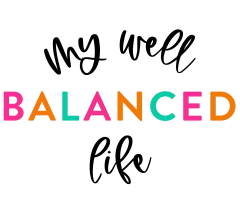
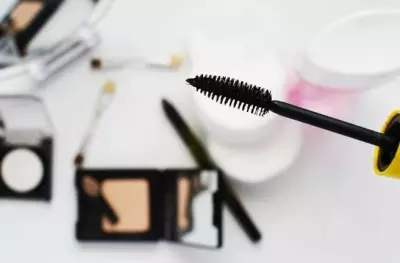
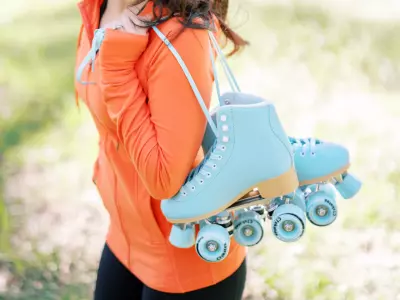
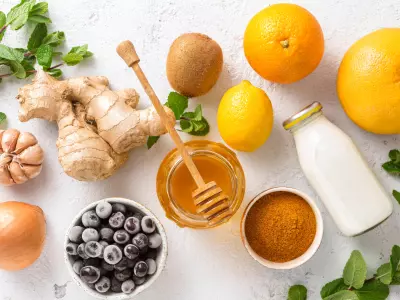
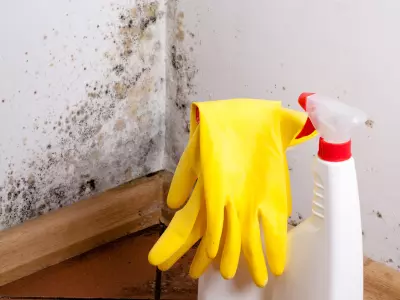
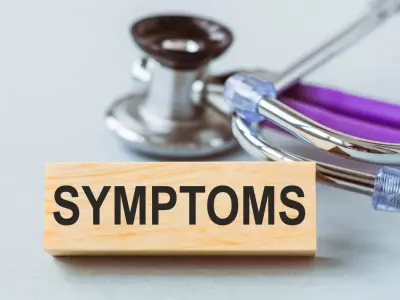
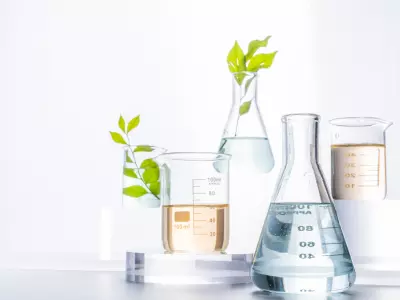
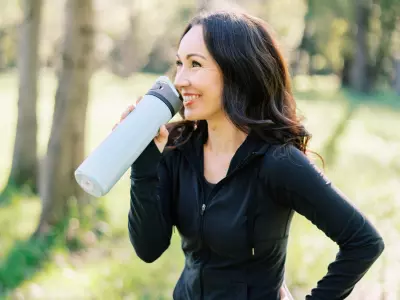
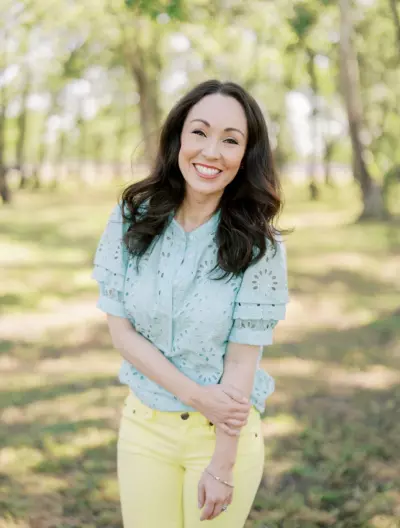

Great information to remember as I browse the isles! Thanks for this!
Glad it was helpful! I know I always tend to get sucked in by labels on food and products 🙂